Stone Age houses had to be designed so that the smoke from the hearth could exit buildings easily. In the lakebed in front of modern day Kehrsiten several layers of soot are proof that the use of fire went along with a great many risks.
Because the arable land was limited, hunting was more significant around Kehrsiten than in settlements of the Central Plateau. Around 3500 BC, the beaver was a favorite prey. Not least because settlers preserved its dense fur.
The lake provided the people of Kehrsiten with food all year round. Bones of bleak, roach, barbel and perch indicate summer catches. In shallow waters near the shore fish traps most likely constructed of twigs might have been used.
On the slopes of the Buergenstock mountain farm-land was rather limited. But capsule fragments, seeds and typical weeds lead to the conclusion that the cultivation of the oil and fiber rich flax plant has steadily increased.
Not only large animals like deer served as protein sources for the pile dwellers. Frog bones that were excavated and examined show clear traces of bur-ning and digestion. This suggests the consumption of these animals.
Stocks of food had to be protected from pests of all kind. One option was to hang it from the roof of the houses. This would also have been helpful when of floods from the Lake reached the hou-ses. This might have happened frequently.
Except for the pile stumps lodged in the lakebed there is no direct evidence on the design of hous-es in Kehrsiten. The timber they used for building mostly consisted of fir. Loam to reinforce walls could be found very close to their settlement.
Dating from around 3500 BC, bones of domesti-cated pigs are evident in Kehrsiten. However, we do not know anything about how they were kept. It is quite possible that the pigs had to go search for their food in the forests themselves.
From prehistoric garbage archaeologists read the menu of the Neolithic period. But before the scien-tists, dogs have been happy about the leftovers. In the lake sediments off Kehrsiten remains of dogs and even dog excrement have been found.
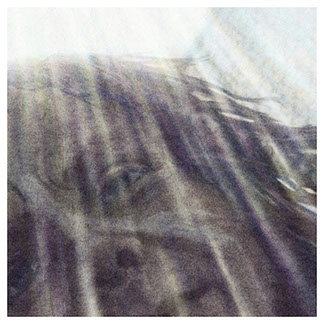
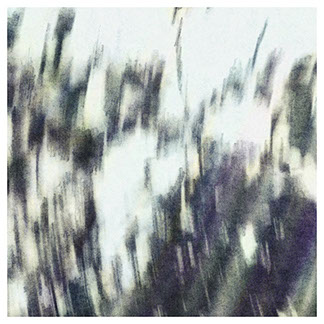

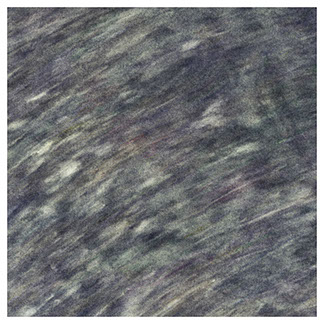
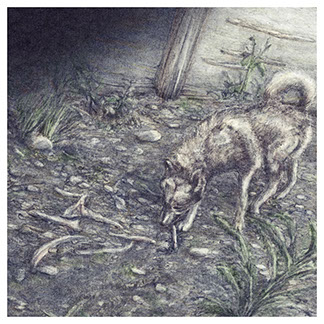
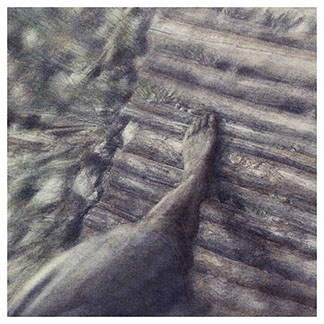
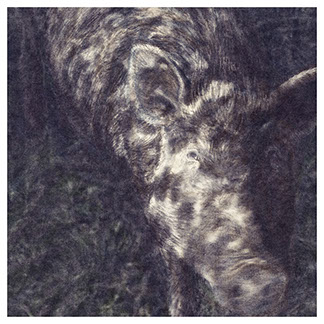


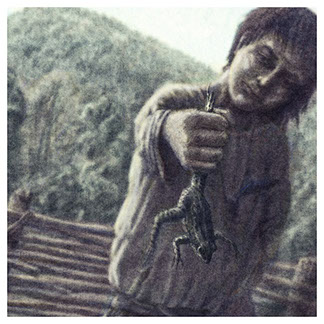
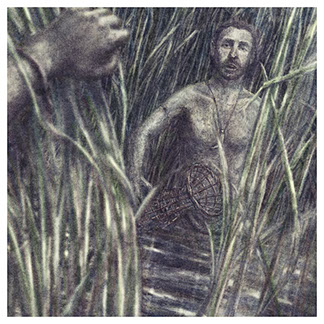
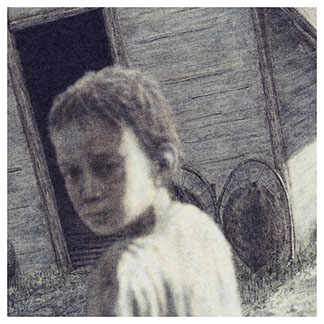

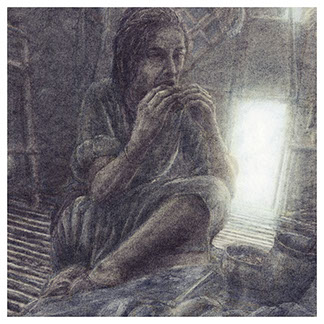
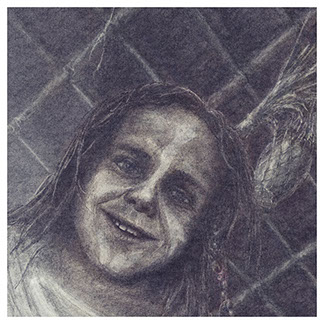
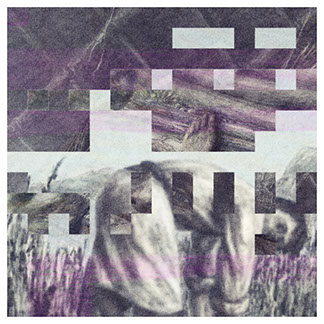
In June 2014, the work "Selfies from the Stone Age" was shown at the diploma exhibition of the Lucerne University of Applied Sciences and Arts – Art & Design.
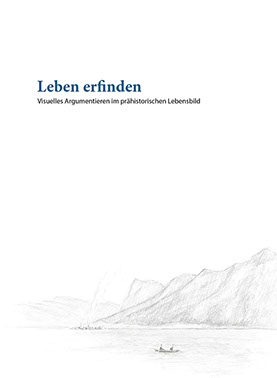
It was based on the Bachelor Thesis "Leben erfinden: visuelles Argumentieren im prähistorischen Lebensbild"
